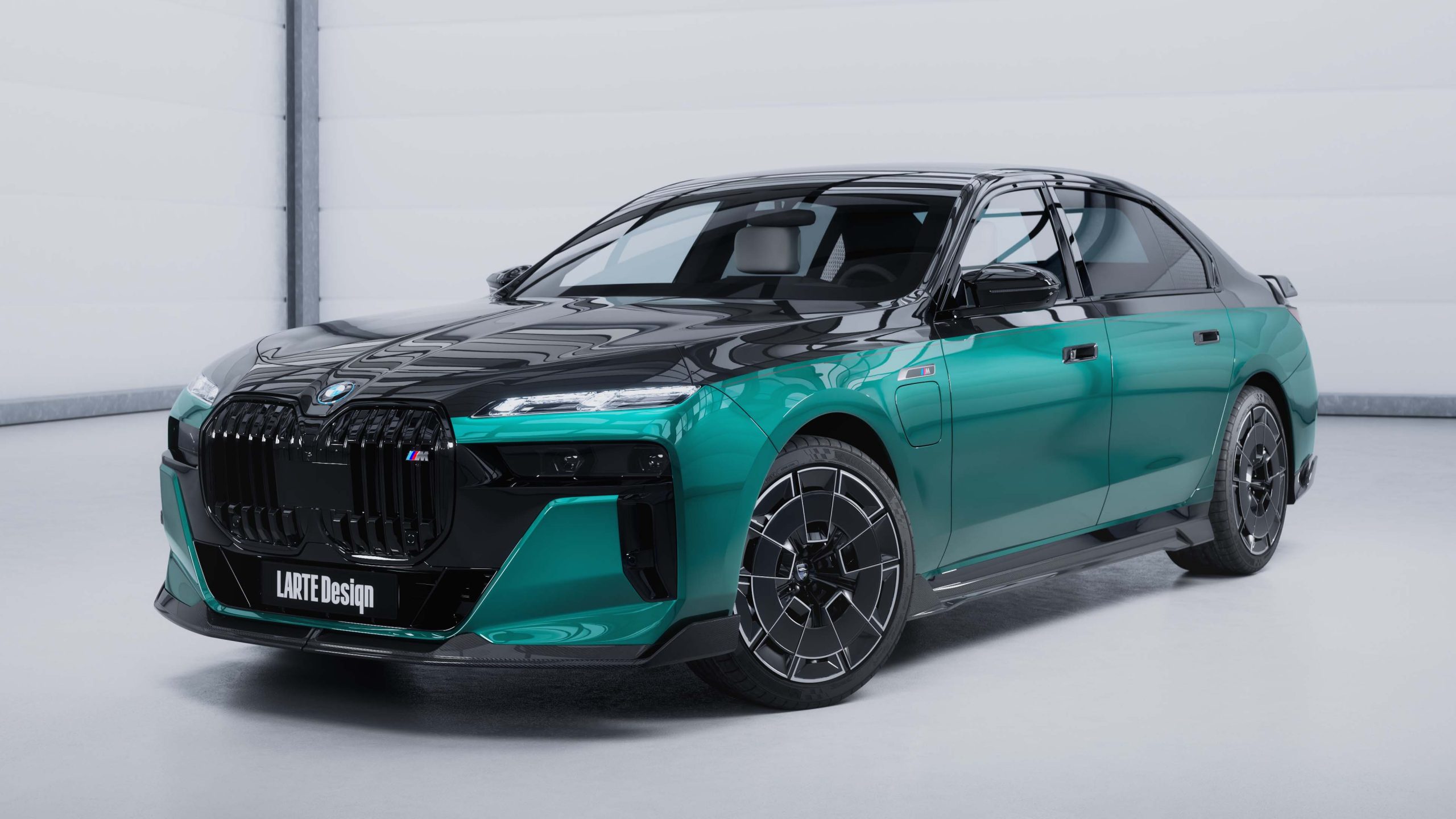In today’s automotive landscape, vehicle security has evolved far beyond the simple horn-honking alarms of the past. Modern smart alarm systems represent a sophisticated blend of technology, incorporating everything from advanced sensors and smartphone connectivity to artificial intelligence that can distinguish between genuine threats and false triggers.
However, not all car alarm systems are created equal, and the difference between a reliable security system and a problematic one can mean the difference between peace of mind and constant frustration.
The automotive industry has witnessed a dramatic shift in how security systems operate, with manufacturers increasingly focusing on smart technology that reduces false alarms while maintaining robust protection against theft.
Compustar CS7900-AS is your best bet for a traditional car alarm. It has a variety of features, like a loud alarm and shock sensors, to keep car thieves at bay.
Yet despite these technological advances, many vehicles still struggle with alarm systems that either fail to activate when needed or constantly trigger without cause. Understanding which vehicles excel in smart alarm technology and which fall short is crucial for consumers making purchasing decisions.
Some manufacturers have invested heavily in developing sophisticated algorithms that can differentiate between environmental factors like weather or passing traffic and actual security threats.
Others have focused on connectivity features that allow owners to monitor their vehicles remotely and receive instant notifications of any suspicious activity. The challenge lies in finding the perfect balance between sensitivity and reliability.
A truly effective smart alarm system must be sensitive enough to detect genuine threats while being intelligent enough to ignore common environmental triggers that cause false alarms. This delicate balance separates the industry leaders from the laggards in automotive security technology.
5 Cars With Smart Alarms That Actually Work
These technologically sophisticated vehicles feature intelligent alarm systems that combine multiple detection methods with advanced processing capabilities to accurately identify genuine threats while minimizing false alarms that plague traditional systems.
Modern smart alarms use sensors for shock detection, motion monitoring, glass breakage recognition, and door/window intrusion, all coordinated through microprocessor-controlled units that analyze patterns and distinguish between environmental disturbances and actual security breaches.
The Compustar CS7900-AS represents the pinnacle of aftermarket alarm technology with multiple shock sensors, LCD remote feedback, and optional GPS tracking capabilities that provide comprehensive protection and instant owner notification.
Everything in a Pandora Alarm uses 128-bit encryption to prevent code-grabbing or relay boosting, offering superior security with no easy bypass methods, while systems like Viper’s SmartStart technology enable smartphone integration for real-time alerts and remote vehicle monitoring that keeps owners informed regardless of their location.
1. Tesla Model S
Tesla’s approach to vehicle security represents a paradigm shift in how smart alarms function in modern automobiles. The Model S incorporates what Tesla calls “Sentry Mode,” a comprehensive security system that leverages the vehicle’s existing camera array and artificial intelligence to create one of the most sophisticated alarm systems available today.
This system goes far beyond traditional motion sensors, using machine learning algorithms to analyze potential threats in real-time. The genius of Tesla’s system lies in its ability to learn and adapt.
Unlike conventional alarms that rely on simple trigger mechanisms, the Model S continuously processes visual data from its eight external cameras, creating a 360-degree security perimeter around the vehicle.
When the system detects suspicious activity, it doesn’t immediately sound an alarm. Instead, it enters a heightened awareness state, closely monitoring the situation and using AI to determine whether the activity poses a genuine threat.
What sets the Model S apart is its multi-layered response system. When Sentry Mode detects someone approaching the vehicle with apparent ill intent, it first activates a subtle warning by illuminating the touchscreen and displaying a message indicating that the cameras are recording.
This often serves as an effective deterrent without creating unnecessary noise pollution. If the suspicious activity escalates, the system then activates the alarm and begins recording high-definition video footage, which is automatically saved to the vehicle’s storage system.
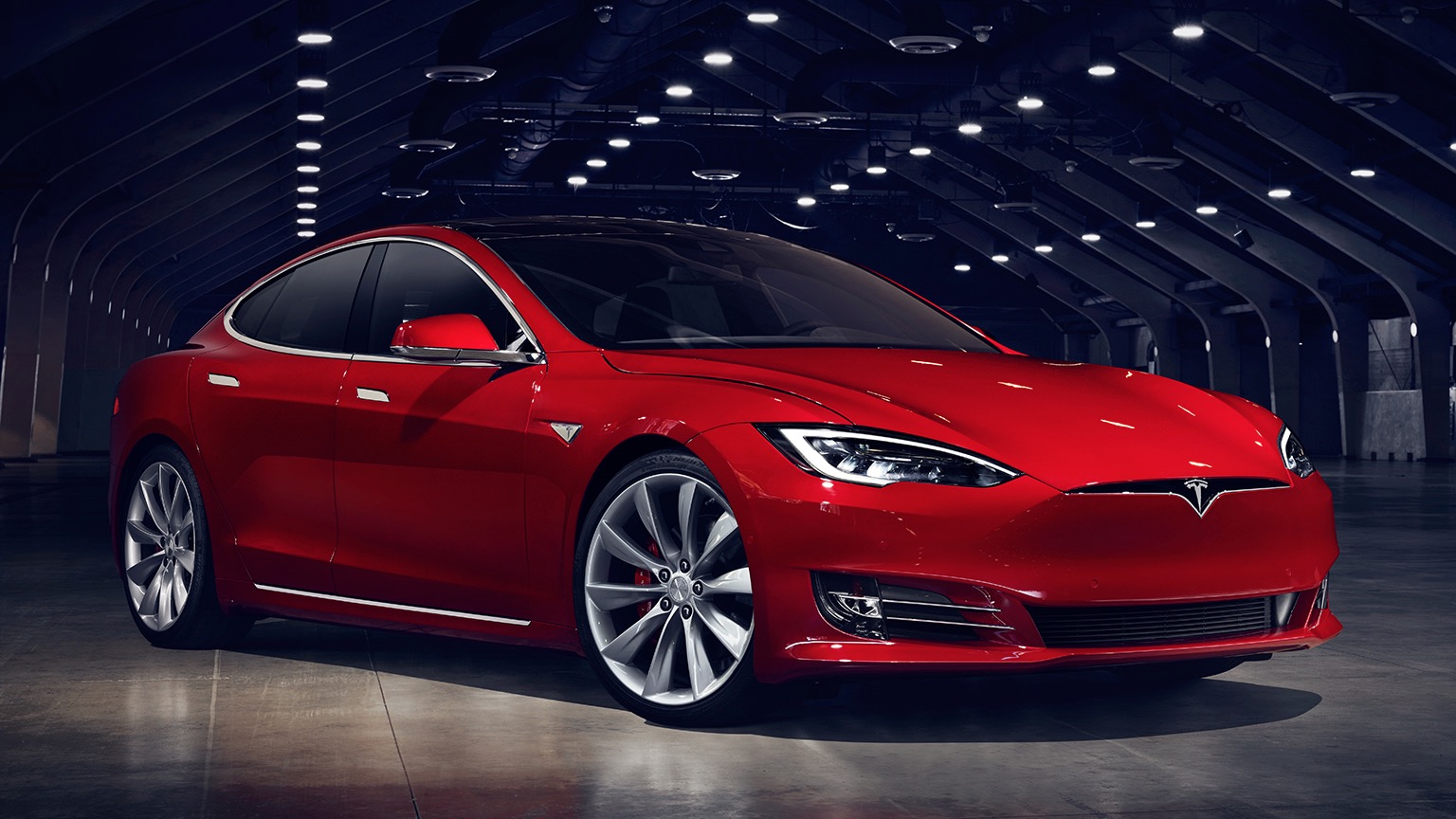
The smartphone integration aspect of Tesla’s security system represents another significant advancement. Owners receive instant notifications on their mobile devices whenever Sentry Mode is triggered, complete with video clips of the incident.
This real-time connectivity allows owners to assess situations remotely and take appropriate action, whether that’s contacting authorities or simply dismissing a false alarm.
The system’s intelligence extends to its power management capabilities. Recognizing that continuous monitoring could drain the vehicle’s battery, Tesla has implemented sophisticated power optimization algorithms that balance security effectiveness with energy conservation.
The system can operate for extended periods without significantly impacting the vehicle’s driving range, making it practical for daily use. Perhaps most importantly, Tesla’s approach to reducing false alarms has been highly successful.
By using visual confirmation rather than relying solely on vibration or proximity sensors, the system dramatically reduces instances of weather-related false triggers.
Rain, wind, or nearby construction activities are less likely to cause unwanted alarm activations because the AI can visually assess whether these environmental factors pose actual security threats.
The continuous improvement aspect of Tesla’s system cannot be overstated. Through over-the-air updates, the company regularly enhances the alarm system’s capabilities, adding new features and improving existing ones. This means that Model S owners benefit from ongoing security improvements without needing to purchase new hardware or visit service centers.
2. BMW 7 Series
BMW’s flagship 7 Series represents the pinnacle of German automotive engineering, and its smart alarm system exemplifies the brand’s commitment to sophisticated technology and reliability.
The vehicle incorporates what BMW calls “Intelligent Emergency Call” and “ConnectedDrive Security,” a comprehensive suite of security features that work together to provide unparalleled protection and peace of mind.
The heart of BMW’s smart alarm system is its advanced sensor fusion technology. Unlike simpler systems that rely on individual sensors working in isolation, the 7 Series integrates multiple sensor types into a cohesive security network.
This includes ultrasonic interior sensors, radar-based exterior monitoring, and accelerometers that can detect even subtle vibrations or movements. The system’s intelligence lies in how it correlates data from these various sensors to make informed decisions about potential threats.
One of the most impressive aspects of the BMW system is its contextual awareness. The alarm system takes into account various environmental factors and vehicle conditions when determining whether to activate.
For instance, if the vehicle is parked in an area with heavy foot traffic, the system adjusts its sensitivity levels accordingly. Similarly, during extreme weather conditions, the system can differentiate between wind-induced movements and actual tampering attempts.
The BMW 7 Series also features sophisticated interior protection that goes beyond simple motion detection. The system can identify the difference between authorized entry using the correct key fob and unauthorized access attempts.
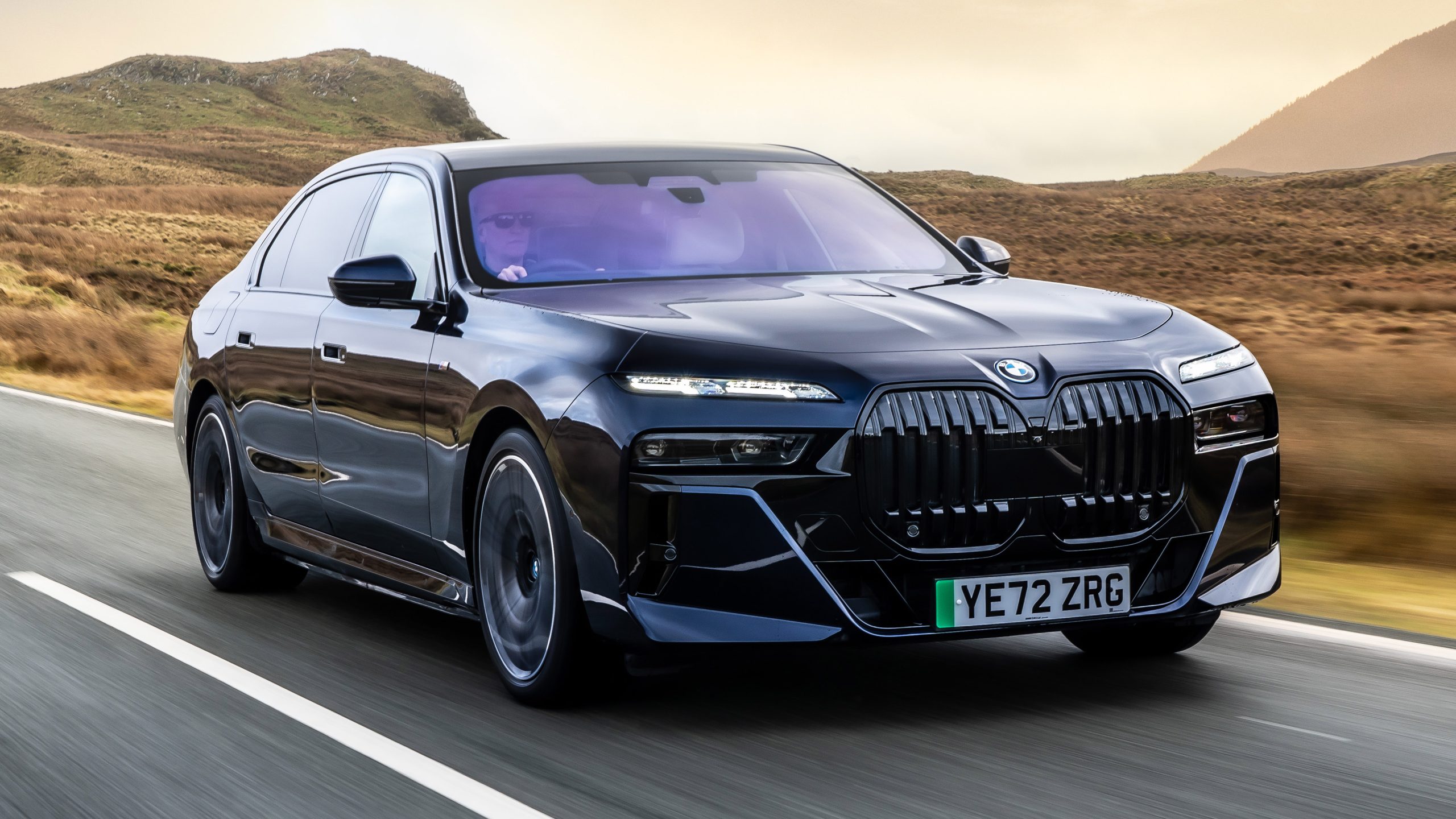
When legitimate entry is detected, the system remains silent, but if someone attempts to enter the vehicle through forced entry methods, multiple layers of security activate simultaneously.
Remote monitoring capabilities represent another strength of BMW’s approach. Through the BMW Connected app, owners can monitor their vehicle’s status in real-time, receive instant notifications of any security events, and even remotely activate certain security features.
The system provides detailed information about security incidents, including timestamps, location data, and the specific sensors that triggered the alert.
The integration with BMW’s broader ecosystem of services adds another layer of functionality. In the event of a confirmed security breach, the system can automatically contact emergency services or BMW’s customer service center, depending on the owner’s preferences.
This ensures that appropriate response measures are taken even if the owner is unavailable to respond to smartphone notifications. BMW’s attention to minimizing false alarms has resulted in one of the most reliable systems in the luxury vehicle segment.
The company has invested heavily in field testing and real-world validation to ensure that the system responds appropriately to genuine threats while remaining dormant during normal environmental conditions.
This reliability has made the 7 Series a favorite among owners who demand both security and peace of mind. The system’s durability and longevity are also noteworthy.
BMW has designed the security components to withstand the rigors of daily use and various environmental conditions without degradation in performance. Regular software updates ensure that the system remains current with the latest security protocols and threat detection algorithms.
3. Mercedes-Benz S-Class
The Mercedes-Benz S-Class has long been synonymous with luxury and innovation, and its smart alarm system continues this tradition by delivering a security solution that combines elegance with cutting-edge technology.
Mercedes has developed what they call “GUARD 360°,” a comprehensive security system that represents years of research and development in automotive protection technology.
At the core of the S-Class security system is an advanced neural network that processes information from dozens of sensors located throughout the vehicle.
This system doesn’t merely detect disturbances; it analyzes patterns, learns from experience, and makes intelligent decisions about potential threats.
The sophistication of this approach means that the S-Class can distinguish between genuine security concerns and benign environmental factors with remarkable accuracy.
The system’s multi-zone protection capability sets it apart from many competitors. Rather than treating the entire vehicle as a single security zone, the S-Class divides protection into distinct areas: exterior perimeter, interior cabin, and high-value component zones.
Each zone has its own sensitivity settings and response protocols, allowing for more nuanced and appropriate reactions to different types of potential threats.
One of the most innovative features of the Mercedes system is its predictive capabilities. Using machine learning algorithms, the system can identify patterns that often precede theft attempts or vandalism.
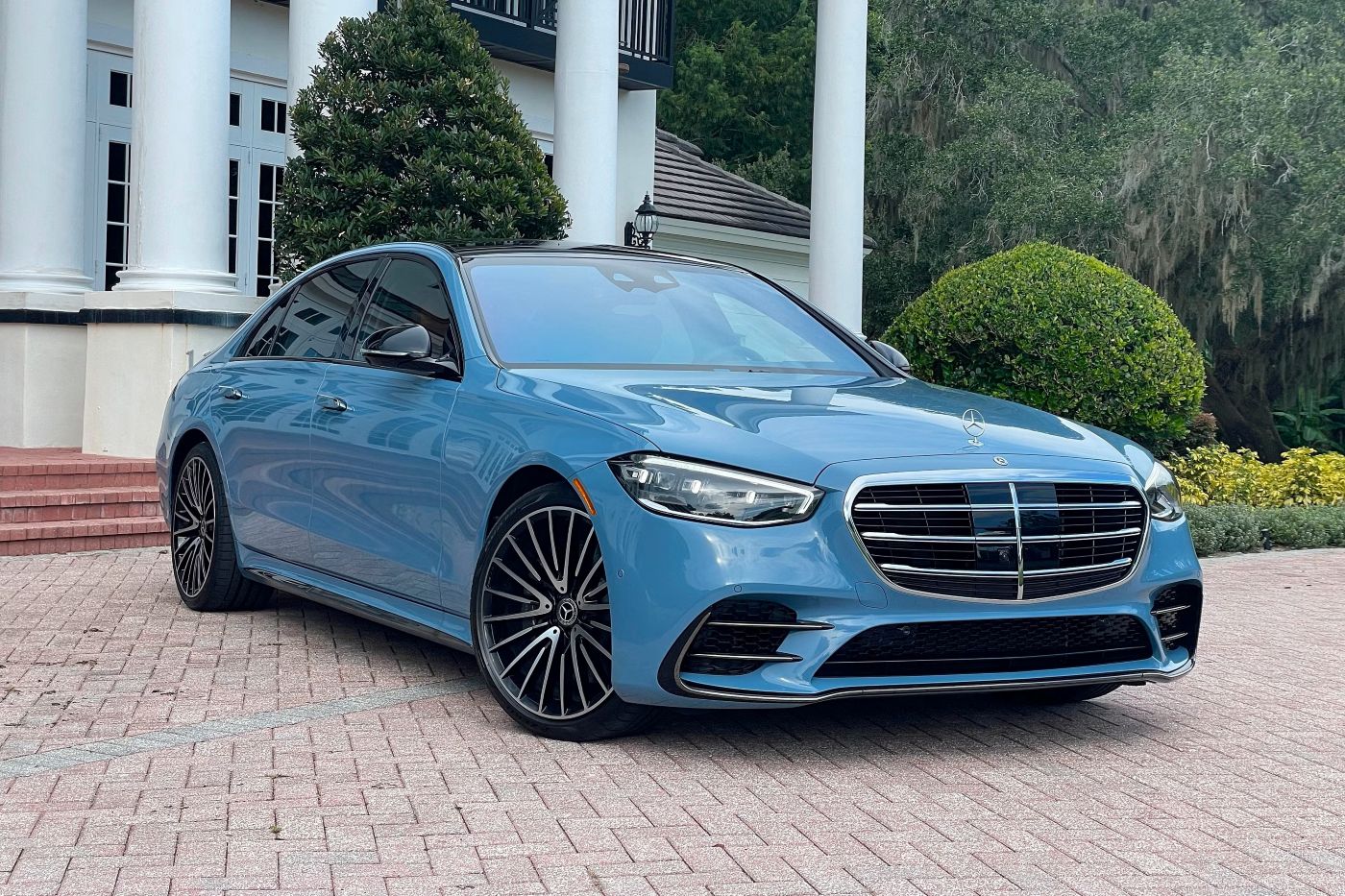
For example, if someone spends an unusual amount of time examining the vehicle or testing door handles, the system may preemptively increase its alertness level and begin recording activity even before any physical contact occurs.
The smartphone integration offered by Mercedes goes beyond simple notifications. The Mercedes me app provides owners with a comprehensive security dashboard that includes real-time vehicle status, historical security events, and even predictive analytics about potential security risks based on parking location and time of day.
This level of detail allows owners to make informed decisions about where and when to park their vehicles. Mercedes has also pioneered the integration of biometric security features in the S-Class.
The system can learn to recognize authorized users through various biometric markers, reducing the likelihood of false alarms when family members or authorized personnel approach the vehicle.
This personalization extends to understanding individual usage patterns and adjusting security protocols accordingly. The system’s response escalation protocol is particularly sophisticated.
When a potential threat is detected, the S-Class doesn’t immediately activate all security measures. Instead, it implements a graduated response that begins with subtle deterrent measures and escalates only if the situation warrants it.
This approach minimizes unnecessary disturbances while ensuring robust protection when needed. Perhaps most impressively, the S-Class security system integrates with the vehicle’s other luxury features to provide a seamless user experience.
For instance, when the system detects that an authorized user is approaching, it can pre-condition the interior temperature, adjust seat positions, and even queue up preferred music selections, all while maintaining security vigilance.
4. Audi A8
Audi’s flagship A8 sedan showcases the brand’s commitment to technological innovation through its advanced smart alarm system, which the company has branded as “Audi Advanced Security.”
This system represents a comprehensive approach to vehicle protection that leverages Audi’s expertise in sensor technology, connectivity, and artificial intelligence to create one of the most sophisticated security solutions in the luxury sedan segment.
The foundation of Audi’s security system is built upon the brand’s renowned quattro all-wheel-drive technology’s sensor network, which has been adapted and expanded for security purposes.
The A8 utilizes an array of ultrasonic, radar, and optical sensors that create a three-dimensional security envelope around the entire vehicle. This sensor fusion approach allows the system to detect potential threats from multiple angles and at various distances, providing comprehensive protection that extends well beyond the vehicle’s physical boundaries.
What distinguishes the Audi system is its dynamic learning capability. The A8’s security system continuously adapts to its environment, learning the characteristics of regular parking locations and adjusting its sensitivity accordingly.
If the vehicle is frequently parked in a busy urban area with high pedestrian traffic, the system calibrates itself to ignore routine activities while remaining vigilant for genuinely suspicious behavior.
This contextual intelligence significantly reduces false alarms while maintaining robust security protection. The integration with Audi’s Virtual Cockpit and MMI infotainment system provides owners with unprecedented control over their vehicle’s security settings.
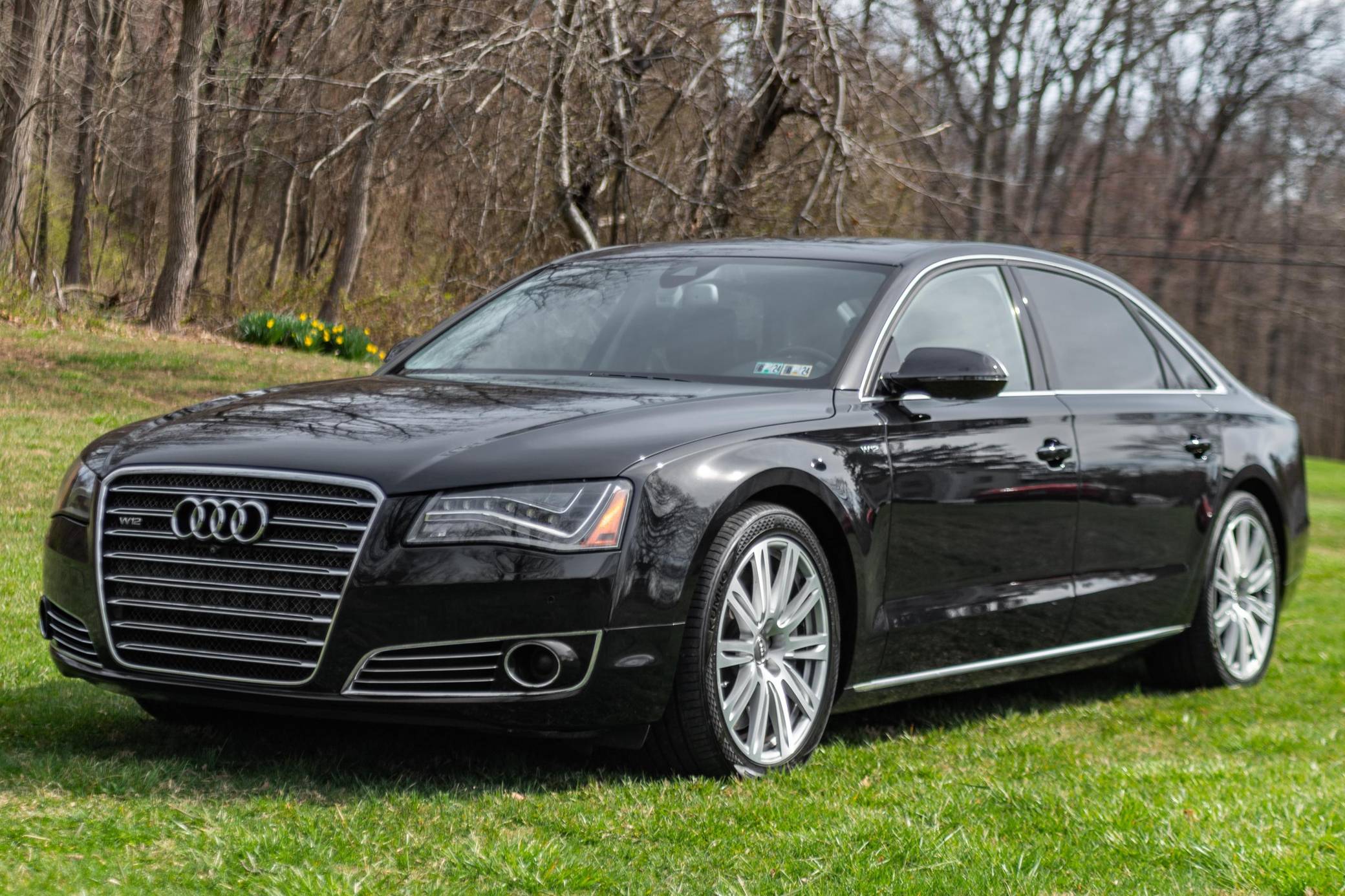
Through intuitive touchscreen interfaces, owners can customize security zones, adjust sensitivity levels for different scenarios, and review detailed logs of security events. This level of customization ensures that the security system can be tailored to individual preferences and usage patterns.
Audi’s approach to remote monitoring through the myAudi app represents another significant advancement in automotive security technology. The application provides real-time vehicle status updates, instant notifications of security events, and detailed incident reports that include timestamps, GPS coordinates, and sensor data.
The system can even provide photographic evidence of security incidents through integration with the vehicle’s camera systems. The A8’s security system also incorporates predictive threat assessment capabilities.
By analyzing patterns in approach behavior, dwelling time around the vehicle, and other behavioral indicators, the system can identify potentially problematic situations before they escalate into actual security breaches. This proactive approach allows for earlier intervention and more effective deterrence.
One of the most impressive aspects of Audi’s system is its integration with the brand’s broader ecosystem of connected services. In the event of a confirmed security breach, the system can automatically initiate contact with emergency services, provide precise location information, and even unlock certain vehicle functions remotely to assist with recovery efforts.
This comprehensive response capability extends the security system’s effectiveness beyond simple deterrence. The system’s reliability and durability have been extensively tested in various environmental conditions and usage scenarios.
Audi has invested significant resources in ensuring that the security components maintain their effectiveness over time, with robust error-checking protocols and self-diagnostic capabilities that ensure consistent performance throughout the vehicle’s lifespan.
Also Read: 5 Trucks That Shut Down When Stolen and 5 That Can Be Driven Off in Seconds
5. Lexus LS
The Lexus LS represents the pinnacle of Japanese automotive engineering, and its smart alarm system embodies the brand’s philosophy of combining advanced technology with exceptional reliability.
Lexus has developed what they call “Enform Security,” a comprehensive vehicle protection system that leverages the brand’s reputation for quality and dependability to deliver one of the most reliable smart alarm systems available in the luxury vehicle market.
The core philosophy behind Lexus’s approach to smart alarm technology centers on the concept of “omotenashi,” the Japanese principle of anticipating and fulfilling needs before they are expressed.
This philosophy translates into a security system that works proactively to protect the vehicle while remaining virtually invisible to the owner during normal operation.
The system’s intelligence lies in its ability to operate seamlessly in the background, providing robust protection without requiring constant attention or management from the owner.
Lexus has implemented a unique multi-layered sensor approach that combines traditional automotive security sensors with advanced environmental monitoring capabilities.
The LS can detect not only direct threats like attempted break-ins or vandalism but also environmental conditions that might lead to security vulnerabilities.
For example, the system can identify when the vehicle is parked in an area with poor lighting or limited visibility and automatically adjust its security posture accordingly. The integration of Lexus’s renowned hybrid technology with the security system represents an innovative approach to power management.
The LS hybrid’s electric motor and battery system provide backup power for security functions, ensuring that the alarm system remains operational even if the main vehicle battery is compromised.
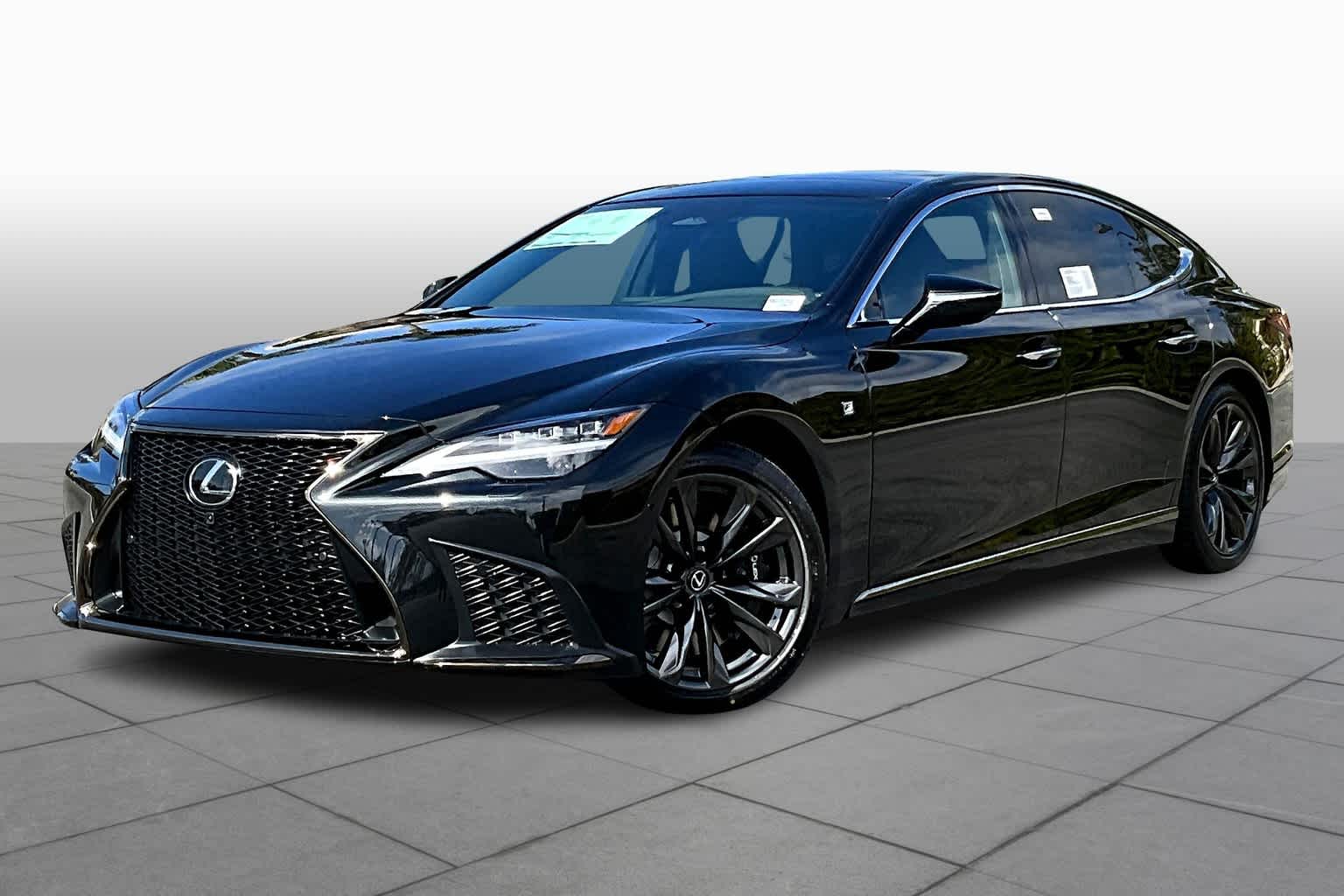
This redundancy is crucial for maintaining security in situations where sophisticated thieves might attempt to disable the vehicle’s electrical system.
One of the most appreciated features of the Lexus system is its exceptional reliability in various weather conditions. The company has invested heavily in ensuring that the security system functions consistently regardless of temperature extremes, precipitation, or other environmental factors.
This reliability is particularly important for owners who live in regions with challenging weather conditions where many other alarm systems might experience false triggers or reduced effectiveness.
The Lexus Enform app provides owners with a comprehensive suite of remote monitoring and control capabilities. Beyond basic security notifications, the app offers detailed vehicle health reports, maintenance alerts, and even predictive maintenance recommendations based on the vehicle’s usage patterns.
This holistic approach to vehicle management extends the value of the security system beyond simple theft protection. Lexus has also pioneered the integration of guest access features within their security system.
Owners can temporarily authorize access for family members, service personnel, or other trusted individuals without compromising the overall security of the vehicle.
This feature is particularly valuable for households with multiple drivers or for owners who frequently use valet or service facilities. The customer service integration aspect of the Lexus security system sets it apart from many competitors.
In the event of a security incident, the system can automatically connect with Lexus customer service representatives who can provide immediate assistance, coordinate with emergency services if necessary, and help owners navigate the aftermath of security breaches. This human element adds significant value to the technological capabilities of the system.
5 Cars With Alarms That Never Go Off
Despite appearing to have functional security systems, certain vehicles suffer from alarm failures that leave them completely vulnerable to theft attempts due to poorly designed sensors, inadequate power management, or fundamental system malfunctions that render protection useless.
Audible car alarms are not only incredibly annoying but also almost entirely useless, as they do not reduce crime or deter thieves, creating an overall net negative impact on society while providing owners with false confidence in their vehicle’s security.
Many factory alarm systems fail silently due to dead batteries, corroded terminals, or faulty electrical connections that interrupt power flow to critical sensors and sirens without any indication to the owner that protection has been compromised.
Poorly set up aftermarket systems often suffer from faulty electrical wiring that may cause complete system failures, while some vehicles experience sensor malfunctions where shock detectors become desensitized or motion sensors fail, leaving the vehicle defenseless against break-in attempts that would normally trigger immediate alarm responses.
1. Nissan Altima
The Nissan Altima, despite being a popular mid-size sedan with generally reliable performance in other areas, has garnered a troubling reputation for having one of the most problematic smart alarm systems in its class.
The issues with the Altima’s security system are multifaceted and have persisted across multiple model years, creating significant frustration for owners who expect their vehicle’s alarm to provide basic protection against theft and vandalism.
The primary issue with the Altima’s alarm system lies in its overly complex sensor calibration process. Nissan implemented what was intended to be an intelligent system that could adapt to different environments and usage patterns.
However, the execution of this concept has proven problematic in real-world applications. The system often becomes confused by normal environmental conditions, leading to a state where it essentially shuts down its alerting functions to avoid constant false alarms.
Many Altima owners report that their alarm system will function normally for the first few months of ownership, but then gradually becomes less responsive over time.
This degradation appears to be related to the system’s learning algorithms, which attempt to reduce false alarms by continuously adjusting sensitivity levels.
Unfortunately, these adjustments often result in the system becoming so desensitized that it fails to respond to genuine security threats. The door sensor integration represents another significant weakness in the Altima’s security system.
The vehicle’s smart key system and door sensors frequently conflict with each other, creating situations where the alarm system becomes uncertain about whether the vehicle is being accessed legitimately or illegitimately.
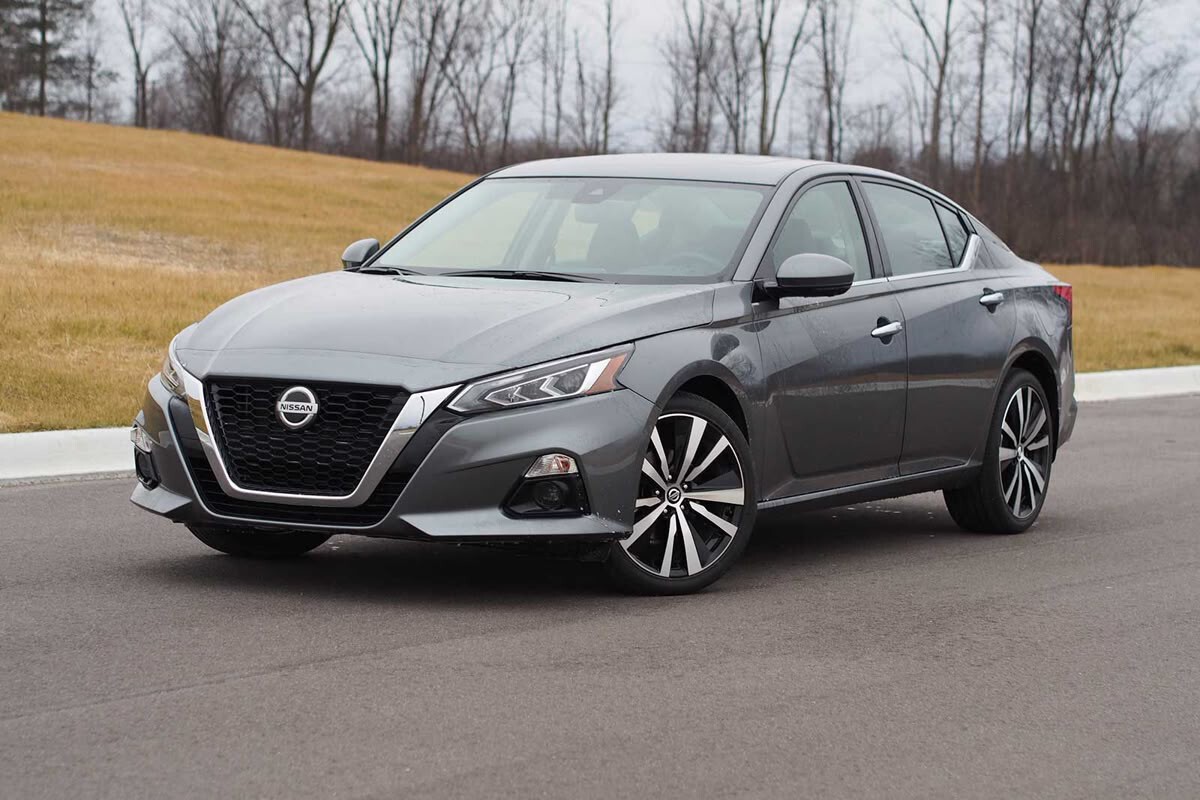
This confusion often results in the system defaulting to a non-responsive state rather than risking a false alarm activation. Weather-related issues compound the Altima’s alarm problems significantly.
The system’s sensors are particularly vulnerable to moisture infiltration and temperature fluctuations, which can cause erratic behavior or complete system failures.
During winter months, many owners report that their alarm systems become completely non-functional, leaving their vehicles essentially unprotected during periods when theft rates typically increase.
The smartphone app integration for the Altima’s security system, when it functions at all, provides limited useful information and often displays conflicting status reports.
Owners frequently report receiving notifications that the alarm system is active and monitoring the vehicle, only to discover later that actual security events went undetected and unrecorded.
This disconnect between reported system status and actual functionality creates a false sense of security that can be particularly dangerous. Nissan’s customer service response to alarm system complaints has been inconsistent and often unhelpful.
Many owners report being told that their alarm system is functioning “within normal parameters” even when it clearly fails to respond to obvious security threats. The company’s diagnostic procedures appear inadequate for identifying the subtle software and calibration issues that plague the system.
The long-term reliability of the Altima’s alarm system components has also proven problematic. Sensors frequently fail after just a few years of use, and replacement parts are often expensive and difficult to obtain.
The complexity of the system makes independent repair difficult, forcing owners to rely on dealership service departments that may not have adequate training or diagnostic equipment.
2. Hyundai Sonata
The Hyundai Sonata’s smart alarm system represents a cautionary tale of how good intentions in automotive security design can lead to frustrating real-world performance.
Hyundai’s attempt to create an intelligent, adaptive alarm system for the Sonata has resulted in a product that suffers from chronic sensitivity calibration issues, leaving many owners with vehicles that are effectively unprotected despite having technically functional alarm hardware.
The root of the Sonata’s alarm problems lies in its overly aggressive false alarm reduction algorithms. Hyundai implemented sophisticated software designed to learn from environmental conditions and user behavior to minimize unwanted alarm activations.
However, the system’s learning process is fundamentally flawed, often interpreting legitimate security concerns as environmental noise to be ignored. This results in a gradual degradation of the system’s responsiveness over time.
One of the most commonly reported issues with the Sonata’s alarm system is its inability to detect forced entry attempts. Owners have documented cases where individuals have successfully broken windows, pried open doors, or even gained entry to the vehicle’s interior without triggering any alarm response.
The system’s sensors appear to be calibrated to such a narrow range of acceptable triggers that most real-world theft attempts fall outside its detection parameters.
The integration between the Sonata’s smart key system and its alarm presents another significant vulnerability. The vehicle’s proximity sensors and keyless entry system frequently interfere with alarm functions, creating blind spots in security coverage.

When the smart key is nearby, even if not in the possession of the vehicle owner, the alarm system may assume that any activity around the vehicle is authorized, effectively disabling protection when it’s most needed.
Environmental adaptation, which was intended to be a strength of the Sonata’s system, has proven to be its greatest weakness. The alarm system attempts to learn the characteristics of regular parking locations and adjust its sensitivity accordingly.
However, this adaptation process is so aggressive that the system often becomes completely desensitized to security threats in frequently used locations. Many owners report that their alarm never activates when parked at home or work, regardless of the nature of the disturbance.
The diagnostic capabilities of the Sonata’s alarm system are inadequate for identifying and resolving performance issues. The vehicle’s onboard diagnostic systems rarely detect alarm malfunctions, and dealership service departments often lack the specialized tools and training necessary to properly calibrate the security system.
This results in a situation where owners know their alarm isn’t working, but mechanics cannot identify or fix the underlying problems. Hyundai’s customer service response to alarm system complaints has been generally poor, with many owners reporting that their concerns are dismissed or inadequately addressed.
The company’s warranty coverage for alarm system issues is limited, and many repairs require expensive component replacements that may not actually resolve the underlying software and calibration problems.
The long-term implications of the Sonata’s alarm system problems extend beyond simple inconvenience. Owners who experience repeated alarm failures often lose confidence in their vehicle’s security and may resort to aftermarket alarm systems or other protective measures.
This not only represents additional expense but also potentially compromises other vehicle systems that may not be compatible with third-party security devices.
3. Ford Fusion
The Ford Fusion’s smart alarm system exemplifies the challenges that can arise when automotive manufacturers attempt to integrate complex connectivity features without adequate testing and refinement.
Ford’s implementation of what they marketed as an advanced, smartphone-integrated security system has instead become a source of constant frustration for Fusion owners, with connectivity issues rendering the alarm system unreliable and often completely non-functional.
The fundamental problem with the Fusion’s alarm system stems from its over-reliance on wireless connectivity for basic security functions. Unlike traditional alarm systems that operate independently of external communication networks, the Fusion’s system requires constant communication with Ford’s servers to function properly.
When this communication is interrupted, which happens frequently, the entire security system becomes compromised or completely inoperative. Ford’s FordPass app, which is supposed to provide remote monitoring and control of the Fusion’s security system, suffers from chronic reliability issues that directly impact alarm functionality.
The app frequently fails to maintain connections with vehicles, provides outdated or incorrect status information, and often fails to deliver critical security notifications to owners.
These connectivity problems mean that even when the vehicle’s sensors detect security threats, owners may not be alerted in time to take appropriate action.
The cellular modem integrated into the Fusion’s security system represents another significant point of failure. These modems, which enable the vehicle’s connectivity features, frequently malfunction or lose signal strength, particularly in areas with poor cellular coverage.
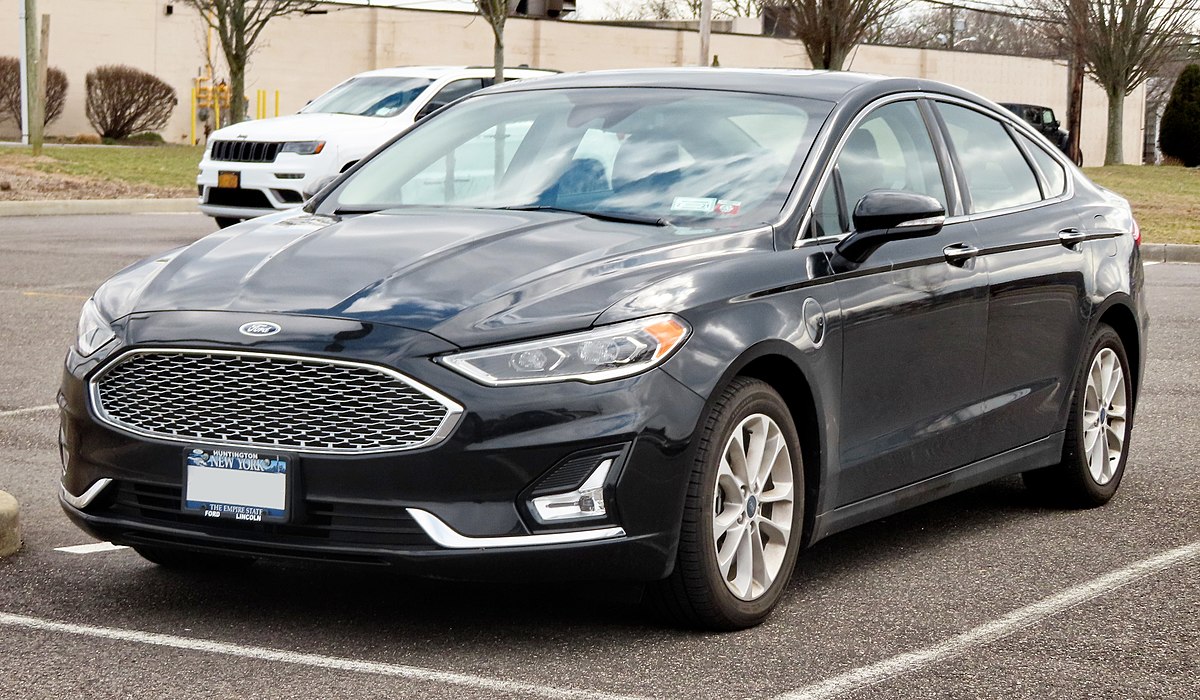
When the modem fails, not only do remote monitoring features become unavailable, but the entire alarm system may shut down to prevent what the system interprets as potential tampering with its communication capabilities.
Software updates, which should improve system performance, have instead created additional problems for many Fusion owners. Ford’s over-the-air update system has repeatedly introduced bugs and compatibility issues that compromise alarm functionality.
Some updates have completely disabled alarm systems, while others have created new false alarm triggers or eliminated the system’s ability to detect genuine security threats. The integration between the Fusion’s various electronic systems has proven problematic for alarm functionality.
The vehicle’s infotainment system, climate control, and other electronic components frequently interfere with alarm operations, creating situations where routine system operations trigger security alerts or, conversely, where security events are masked by normal system activity.
This interference makes it impossible for owners to rely on their alarm system for consistent protection. Ford’s customer service response to Fusion alarm system problems has been inadequate and often counterproductive.
Many owners report being told to perform complex reset procedures that temporarily restore functionality but fail to address underlying connectivity and software issues. Dealership service departments often lack the training and diagnostic tools necessary to properly troubleshoot connectivity-related problems.
The financial implications of the Fusion’s alarm system problems are significant for owners. Many connectivity issues require expensive hardware replacements, including cellular modems, antennas, and control modules.
Even when these components are replaced, the underlying software and integration problems persist, leading to recurring failures and additional repair costs.
4. Chevrolet Malibu
The Chevrolet Malibu’s smart alarm system has become notorious among automotive security professionals for its exceptionally high rate of sensor failures and the cascading problems these failures create.
General Motors’ implementation of what was intended to be a comprehensive, multi-sensor security system has instead resulted in a product that is plagued by hardware reliability issues that render the alarm system unreliable and often completely non-functional.
The Malibu’s alarm system relies on a complex network of sensors including door sensors, window sensors, motion detectors, and impact sensors. However, the quality and durability of these sensors have proven inadequate for automotive applications.
Door sensors frequently fail within the first two years of ownership, often due to moisture infiltration or mechanical wear from normal vehicle use. When these sensors fail, they don’t simply stop working; they often provide erratic signals that confuse the alarm system’s control modules.
Window sensors represent another significant failure point in the Malibu’s security system. These sensors, which are designed to detect glass breakage or forced entry through windows, are particularly vulnerable to temperature fluctuations and vibration from normal driving conditions.
Failed window sensors often trigger false alarms during routine activities like slamming doors or starting the engine, but simultaneously fail to detect actual security threats like window breaking or forced entry attempts.
The motion detection sensors integrated into the Malibu’s interior protection system suffer from both oversensitivity and undersensitivity issues, often simultaneously.
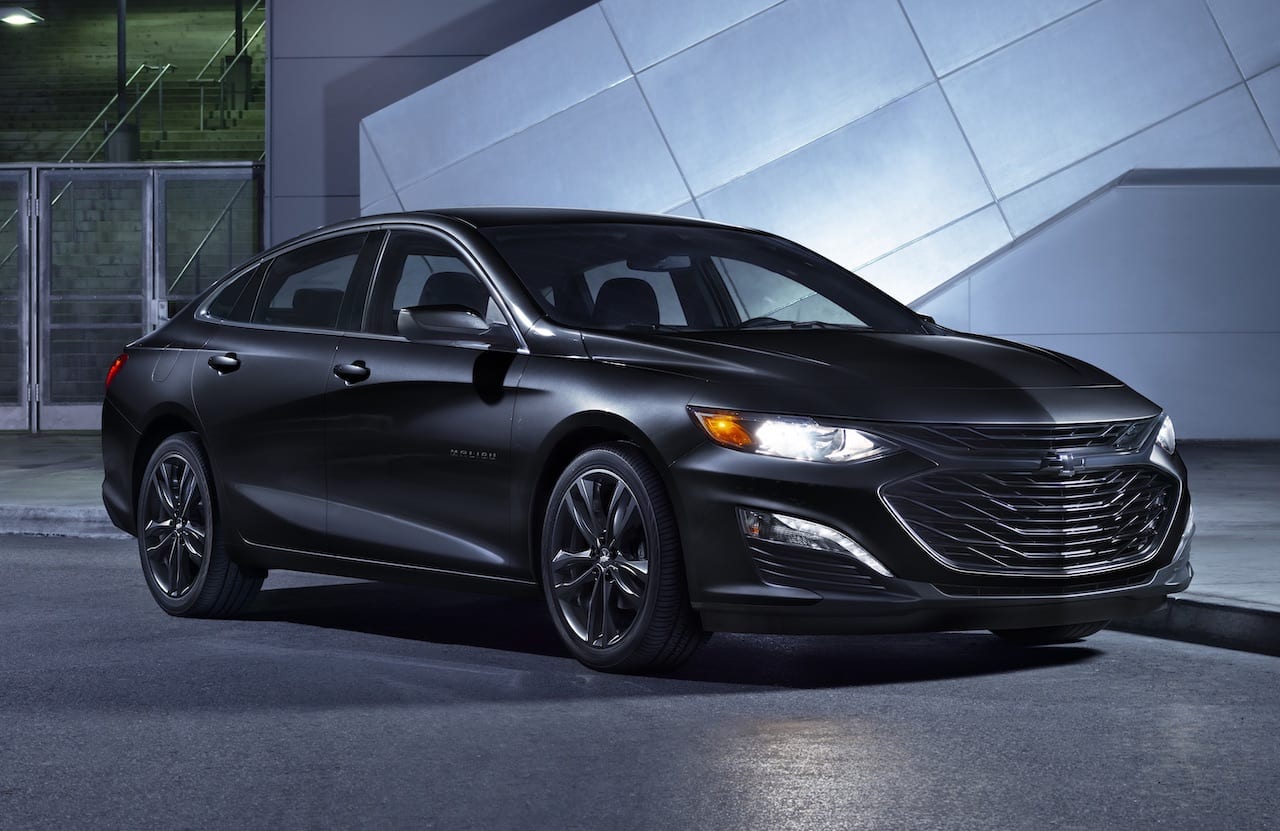
These sensors may trigger false alarms from minor movements like small animals passing by the vehicle or even strong wind gusts, while failing to detect actual intrusions into the vehicle’s interior.
The calibration procedures for these sensors are complex and often ineffective, requiring specialized diagnostic equipment that many service centers don’t possess.
Impact sensors, which should detect attempts to damage or move the vehicle, frequently fail to function properly due to poor mounting locations and inadequate protection from environmental factors.
These sensors are often installed in areas where they’re exposed to road salt, moisture, and mechanical stress, leading to rapid deterioration and failure. When impact sensors fail, owners may not be alerted to vandalism, attempted theft, or other physical threats to their vehicles.
The alarm system’s control module, which processes signals from all sensors and determines appropriate responses, appears to be inadequately designed for the complexity of the sensor network it’s supposed to manage.
When multiple sensors begin failing or providing erratic signals, the control module often becomes overwhelmed and defaults to a non-responsive state rather than attempting to maintain security coverage with remaining functional sensors. General Motors’ diagnostic procedures for Malibu alarm system problems are inadequate and often misleading.
The vehicle’s onboard diagnostic systems frequently fail to detect sensor malfunctions, and when problems are identified, the diagnostic codes often point to symptoms rather than root causes. This makes effective repair difficult and often requires expensive trial-and-error component replacement procedures.
The cost of maintaining the Malibu’s alarm system can be substantial for owners, particularly after the vehicle’s warranty period expires. Individual sensors can cost hundreds of dollars to replace, and labor costs for accessing and replacing sensors can be significant. Many owners report spending more on alarm system repairs than the cost of a complete aftermarket security system installation.
5. Volkswagen Passat
The Volkswagen Passat’s smart alarm system represents a perfect example of how European automotive engineering complexity can create significant reliability and usability issues when applied to mass-market vehicles.
Volkswagen’s attempt to integrate sophisticated security technology derived from their luxury brands has resulted in a system that is overly complex, difficult to maintain, and prone to failures that leave owners without effective vehicle protection.
The Passat’s alarm system incorporates numerous advanced features including CAN-bus integration, multiple sensor types, and sophisticated control algorithms that were originally developed for high-end Audi and Porsche models.
However, the adaptation of this technology to a more affordable vehicle platform has created compatibility and reliability issues that compromise the system’s effectiveness.
The complexity of the system makes it difficult for owners to understand how it operates and nearly impossible for independent mechanics to service properly.
One of the most significant problems with the Passat’s alarm system is its integration with the vehicle’s complex electrical architecture. The alarm system shares control modules and wiring with numerous other vehicle systems, creating opportunities for interference and cascade failures.
When other electrical components malfunction, they often impact alarm system functionality, and conversely, alarm system problems can affect other vehicle systems including lighting, door locks, and even engine management functions.
The Passat’s key fob system, which interfaces with the alarm through encrypted communication protocols, frequently experiences synchronization issues that compromise security functionality.
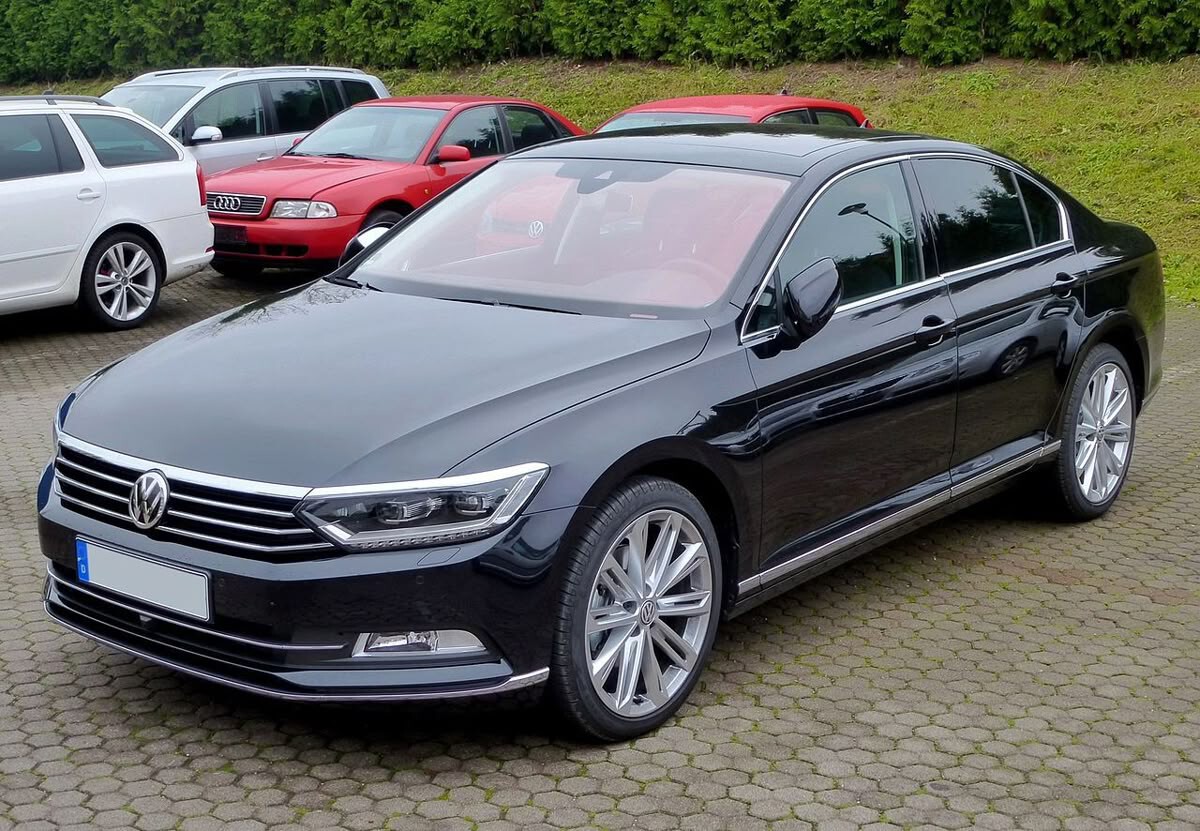
These synchronization problems can occur spontaneously or after routine maintenance procedures, leaving owners unable to arm or disarm their alarm systems. The reprogramming procedures required to restore functionality are complex and often require specialized diagnostic equipment available only at Volkswagen dealerships.
Software compatibility issues represent another significant challenge for Passat alarm system reliability. Volkswagen has released numerous software updates intended to address various alarm system problems, but these updates often create new issues or incompatibilities with other vehicle systems.
The complexity of the software architecture makes it difficult to predict how updates will affect system performance, leading to a situation where owners must choose between known problems and unknown risks.
The diagnostic capabilities of the Passat’s alarm system are simultaneously over-engineered and inadequate. The system generates extensive diagnostic data and error codes, but interpreting this information requires specialized training and diagnostic equipment that most service centers don’t possess.
Even when problems are correctly identified, repair procedures are often complex and expensive, requiring multiple components to be replaced or reprogrammed.
Volkswagen’s customer service response to Passat alarm system problems has been inconsistent and often unhelpful. Many owners report that their concerns are dismissed as “normal system behavior” or attributed to “user error” even when clear system malfunctions are present.
The company’s warranty coverage for alarm system issues is limited, and many repairs fall outside standard warranty terms due to the complexity of determining whether problems are caused by manufacturing defects or external factors.
The long-term ownership implications of the Passat’s alarm system problems are significant. As vehicles age and move beyond their warranty periods, the cost of maintaining the complex security system often exceeds the value of the protection it provides.
Many owners ultimately choose to disable their factory alarm systems and install simpler, more reliable aftermarket solutions, representing a complete failure of the original system design objectives.
Also Read: 5 Cars That Alert Owners Instantly and 5 That Say Nothing Until It’s Too Late

